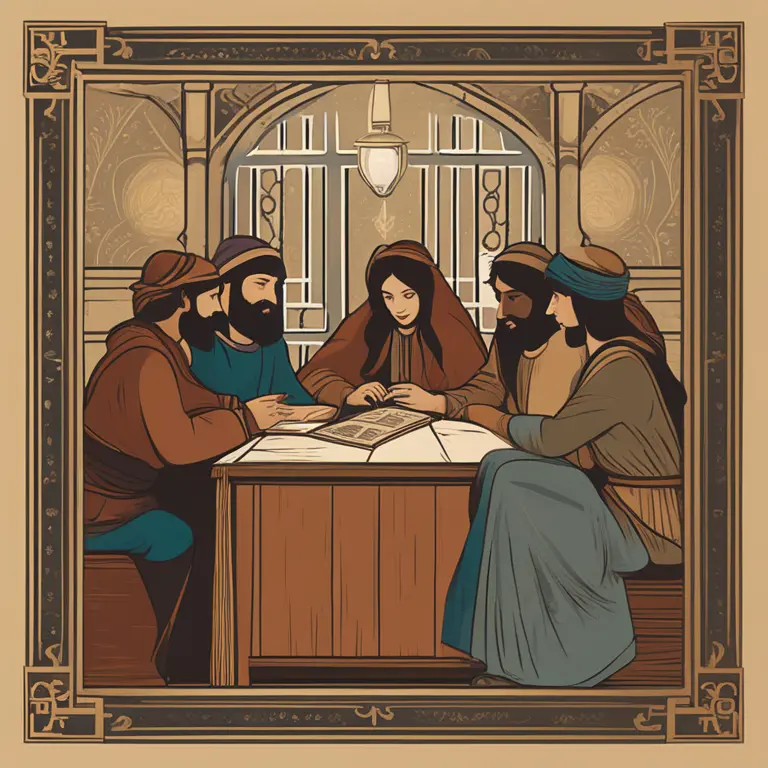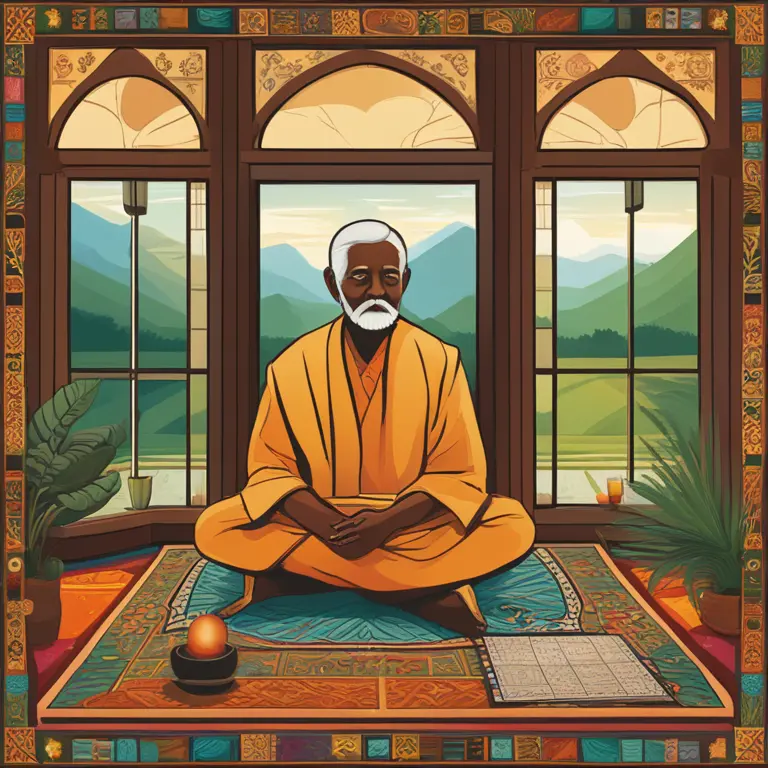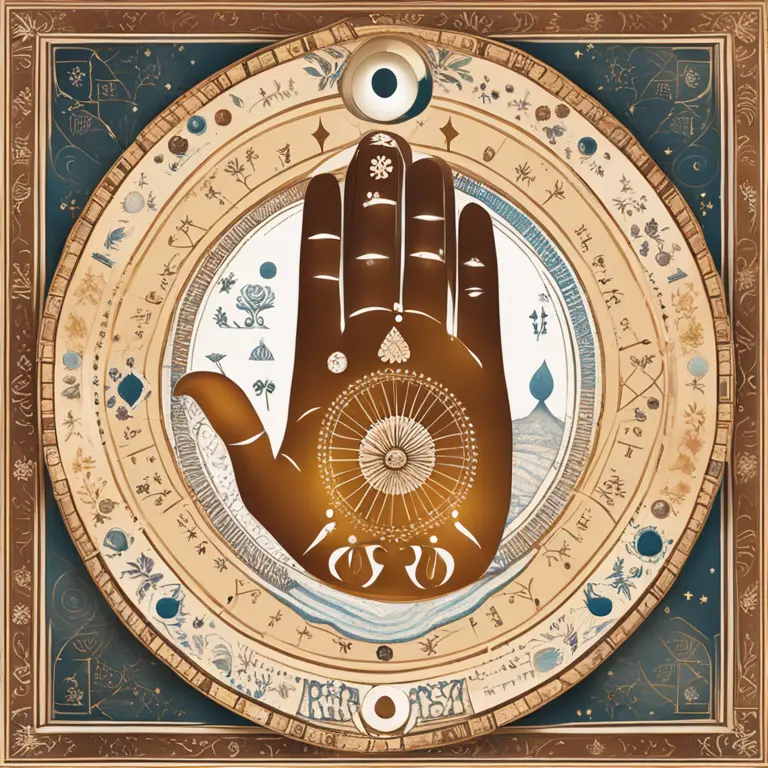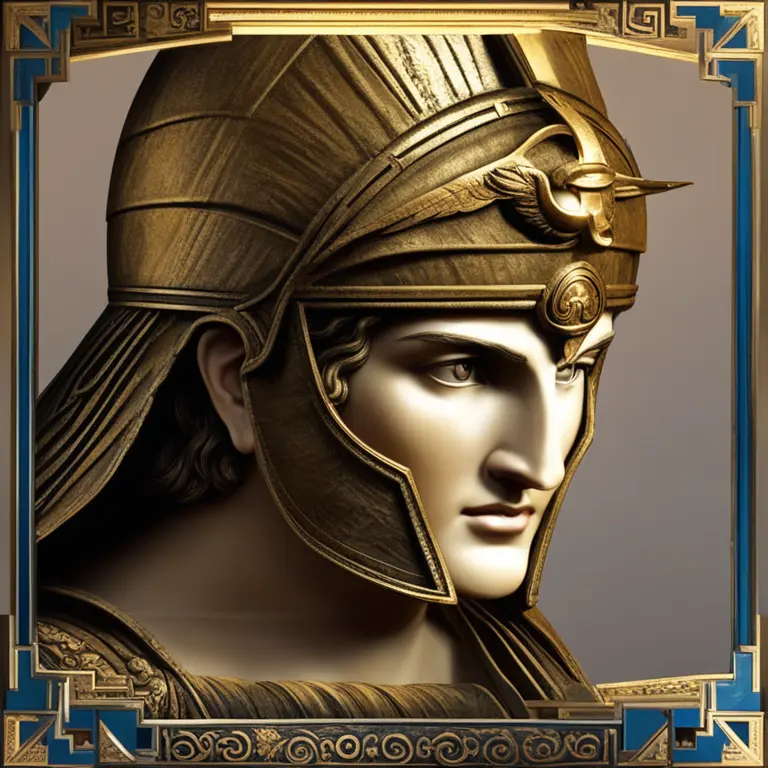
Palmistry: A Historical Overview
Discover the ancient roots and cultural influences behind the practice of palmistry, and its evolution through the ages.
article by Nora Pennington
The Dawn of Palmistry
Palmistry, or chiromancy, is an ancient practice that crosses multiple cultures, and its origins are as fascinating as they are mystic. The earliest evidence suggests palmistry was practiced in ancient India, and from there, it spread to China, Egypt, and ancient Greece. Each culture contributed its perspectives, shaping palmistry into a unique art form. The analysis of hands—lines, mounts, and shapes—was used to reveal personality traits and predict future events, leading many to seek the wisdom of palm readers.

Indian Astrology and Palmistry
In ancient India, palmistry was considered a branch of Samudrika Shastra—part of the Vedic teachings. It was intertwined closely with astrology, with the belief that the hands held a microcosmic relationship to the greater cosmos. The practice became part of a holistic approach to understanding an individual's life and potential future. This integration of palmistry within the scope of spiritual and astrological knowledge led to its esteem within society.

Alexander The Great and Chiromancy's Spread
One of the key historical figures in the spread of palmistry was Alexander the Great, who, through his conquests, encountered the practice in India and brought it back to the Western world. His fascination with the practice helped integrate it with Greek divination methods, expanding its popularity across his empire. Hellenistic texts often mention chiromancy, showing a clear influence on Western philosophical thought.

The Middle Ages and Palmistry's Survival
During the Middle Ages, chiromancy—like many forms of divination—came under scrutiny by Christian authorities. However, it managed to survive due to its popularity and the secrecy of its practitioners. It was passed down through underground channels, often associated with gypsy fortune-tellers who were known for their skill in reading palms, which added to the mystical allure surrounding the practice.

Revival in the Modern Era
The 19th and early 20th centuries saw a revival of interest in the esoteric and the occult, including palmistry. Notable figures such as William John Warner, also known as Cheiro, brought palmistry back into the public eye with his popular readings and books. Now, as we look towards 2024 and beyond, there is a renewed interest in personal spirituality and self-discovery practices, securing palmistry's place in contemporary culture.
Palmistry Today
Today, palmistry is often practiced alongside other forms of divination and self-awareness tools, reflecting the modern desire for introspection and guidance. With the digital age, we also see palm readings moving online, with websites and mobile applications using algorithms to provide insights, making it more accessible than ever. Palmistry continues to evolve, blending ancient wisdom with modern technology, but its essence remains the same—to provide people with insight into their lives.
Published: 1/11/2024
Modified: 1/12/2024
More predictions
Come back here soon to learn more about yourself and your future


Can We Trust Palmistry?
Delving into the realm of palmistry, this article examines its credibility and place in contemporary spiritual practices.


Can Palmistry Foresee One’s Demise?
Delve into the contentious debate about whether palmistry can predict the end of life and the ethical considerations of such a claim.


The Ancient Art of Vedic Palmistry
Discover the ancient art of Vedic Palmistry and its practice in the modern era, revealing the secrets held within the lines of the hand.